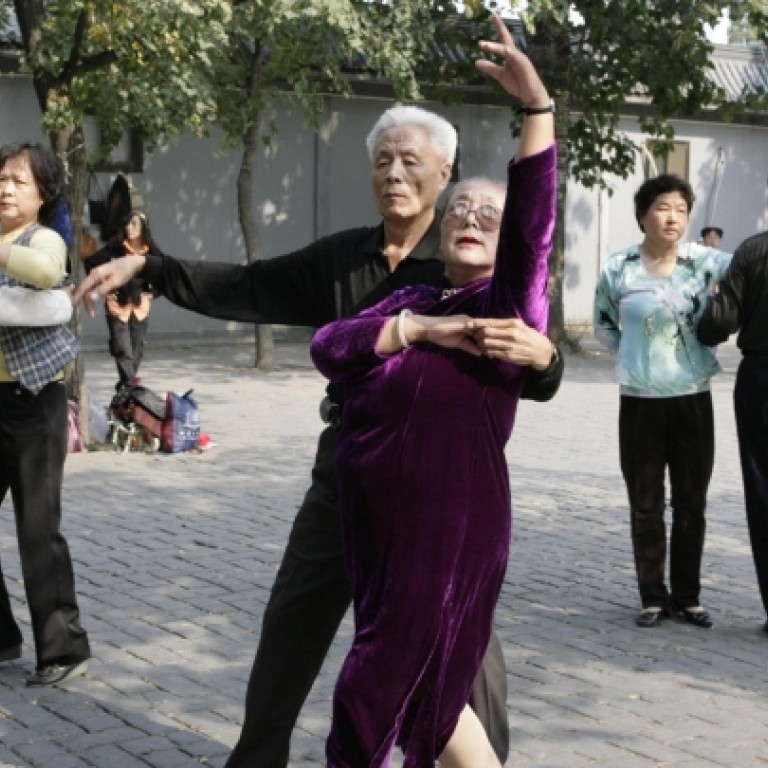
National pension fund crosses trillion-yuan mark for first time
Despite a strong return and capital injections, it is under pressure from a fast-ageing population
The mainland's national pension fund broke through the one trillion-yuan (HK$1.25 trillion) mark for the first time last year, buoyed by a 7 per cent investment return and fresh capital injections.
But the massive fund is still facing an uphill task of filling the mainland's pension financing gap caused by the fast-ageing population.
In the annual report published by the National Council for Social Security Fund (NSSF) yesterday, it said total assets under management hit 1.11 trillion yuan by the end of last year, up from 838.6 billion yuan in 2011.
The NSSF is a reserve fund that supplements local pension pools on the mainland.
The 7 per cent investment return, or 64.7 billion yuan, last year was its best annual performance in three years, following a 0.84 per cent rise in 2011 and 4.22 per cent gain in 2010.
The NSSF took over the management of 100 billion yuan worth of funds from the pension pool in Guangdong last year. It also received capital injections from the central government.
Cao Yuanzheng, Bank of China chief economist, predicts the pension financing gap will swell to 68.2 trillion yuan by 2033, from about 16.5 trillion yuan in 2010.
On the mainland, retired workers receive their pensions from funds locally managed while the NSSF is responsible for complementing them. The NSSF, established in 2000, reported an average investment return of 8.3 per cent annually.
The weak A-share market in the past three years raised the pressure on the reserve fund to generate more returns.
The Shanghai Composite Index grew 3.2 per cent last year, after slumping 14.3 per cent in 2010 and losing another 21.7 per cent in 2011.
The NSSF also reported that the 100 billion yuan capital received from Guangdong recorded a 3.4 billion yuan investment gain. The fund said it would seek to manage more assets for provincial governments.
Mainland media recently reported that major state-owned companies would be required to transfer more capital gains and shares to the NSSF to increase its financial strength.
On the mainland stock market, the NSSF is viewed as a powerful institution whose strategies reflect the central government's policy direction.
Retail investors normally expect regulators to roll out incentives if the NSSF actively increases its A-share holdings.
The Shanghai index tumbled 4.1 per cent last week and lost another 5.9 per cent up to yesterday amid mounting worries about a capital crunch on the interbank market. It closed at 1,950.01 points yesterday, almost 14 per cent shy off last year's close.
"There are no signs that the market will hit the bottom," said Shenyin Wanguo Securities analyst Wei Daoke. "Investors should be cautious for a while."

